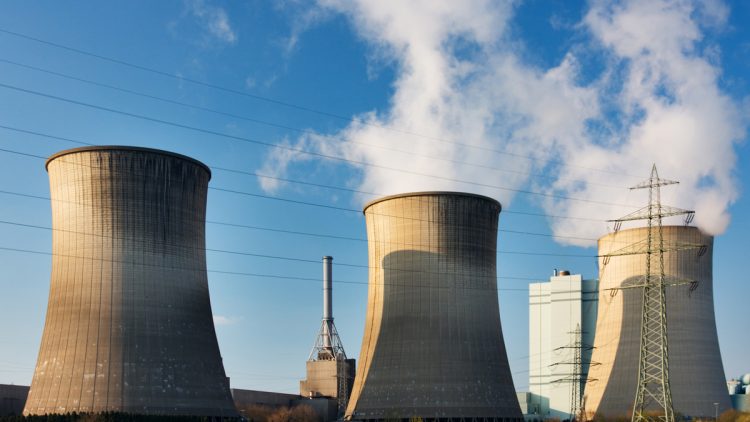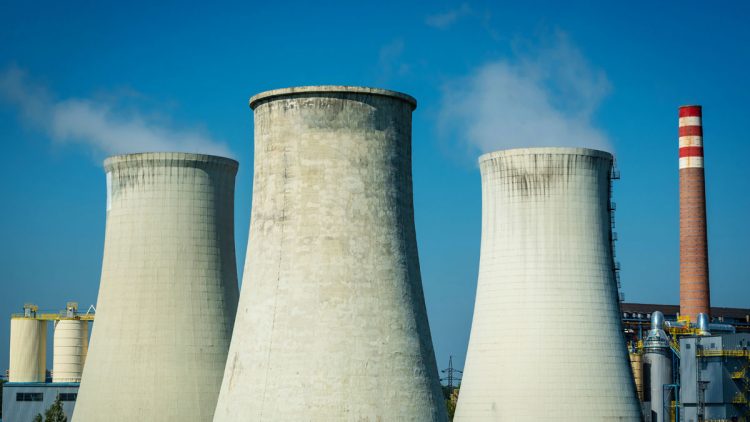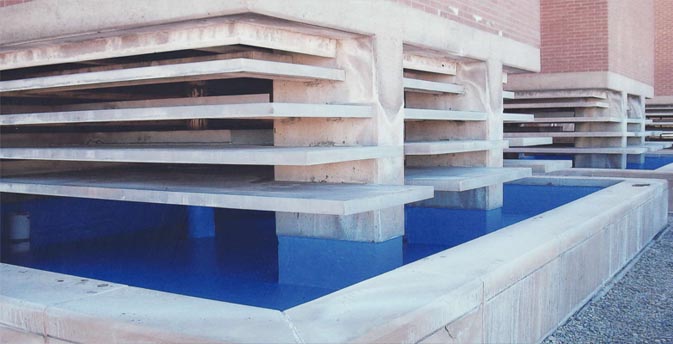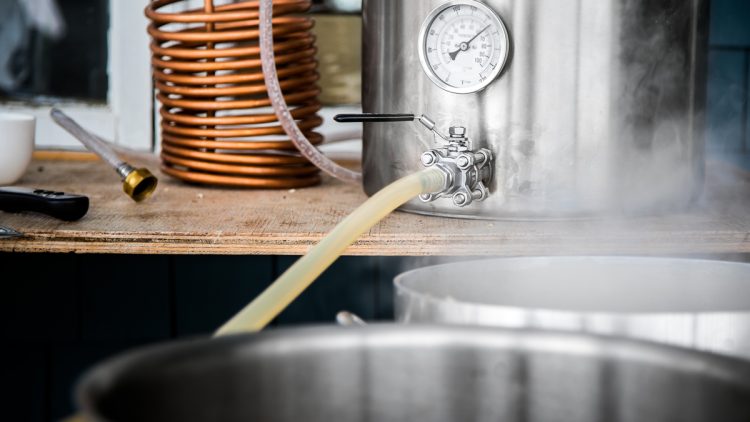Cooling Tower Drift Eliminators 101
This article covers “Cooling Tower Drift Eliminators“. Understanding the components that make your cooling tower work helps understand the required maintenance. Regular cooling tower maintenance cuts down on wasted water, energy usage, and extends the life of your equipment. Cooling Towers are complex devices that utilize many various components to achieve their cooling functionality.
From Fills and nozzles, there is a symphony of parts being played out as the natural process of evaporation is synthesized. The process of evaporation synthesis takes a ‘team effort’ so making sure all of your components work in concert is key to getting the most out of you towers. One of the vital components of cooling towers is the drift eliminator. This entry is going to briefly profile the drift eliminator in order to give more clarity to the picture of cooling tower functionality.
What Are Drift Eliminators?
Drift eliminators greatly reduce water loss in cooling towers by minimizing the ability for water droplets to get caught up in the air being discharged from the cooling tower. They achieve this reduction in water loss by producing directional change to the air flow throughout the tower to interrupt the upward motion of the water droplets. Water is fundamental to the functioning of a cooling tower reducing water loss can turn into great savings. Making sure you have high quality drift eliminators installed will set your cooling tower up for long lasting and efficient service and set you up for major savings over an extended period of time.
Every cooling tower loses a portion of water through evaporation into the environment during operation. Generally when cooling towers are working properly this loss is in the form of water vapor which is pure and poses no harm to the environment. In contrast loss that has mineral and chemicals from the cooling tower is drift. This undesirable loss of water is sometimes caused by the fast moving air carrying it out of the cooling tower. Treated water which is common in cooling towers can in fact pose a negative impact on the surrounding environment.
How Drift Eliminators Work
Drift eliminators are designed to prevent large water droplets from escaping via the cooling tower air stream. They do this by forcing the droplets caught in the stream of air to causing a change in direction which reduces their velocity. They are directed into the blade walls and run back down into the tower. When drift eliminators are properly installed and maintained they prevent the treated water from escaping the cooling tower. This saves operators money on treating additional water and helps mitigate damage to the environment. The best drive eliminators keep drive losses under .001%.
Professional Drift Eliminator Maintenance
Cooling Towers can be massive and keeping them running at a high level of efficiency takes a lot of work and maintenance. That amount of maintenance that is needed can actually be quite intimidating if you aren’t approaching it from a place of knowledge and understanding of your tower’s maintenance needs and how it is supposed to work. Having all of your components well maintained and in like new condition will allow you and your facility to enjoy the effects of a properly functioning cooling tower for years and possibly decades to come. If you have a cooling tower in Arizona and you have experienced excessive loss through drift, or you just want to have your cooling tower tuned up, please call All Kote Lining, Inc. at 480-966-4446.









